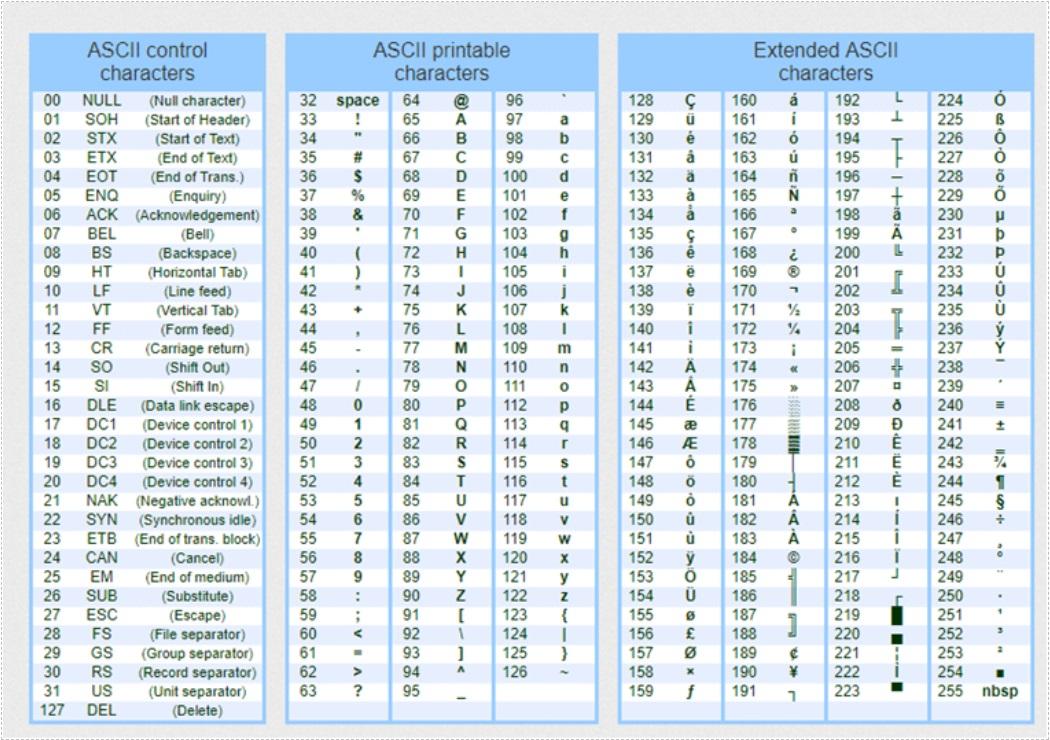·
A 100-watt audio amplifier
has a power gain ratio of 30dB. What will be its maximum input value.
·
An audio amplifier delivers
100 watts into an 8 ohm speaker load when fed by a 100mW input signal.
Calculate the power gain of the amplifier in decibels.
·
A passive resistive network
is used to provide an attenuation (loss) of 10dB, with an input voltage is 12V.
What will be the networks output voltage value.
·
If x(n)=cosω0n and W(ω) is
the Fourier transform of the rectangular signal w(n), then what is the Fourier
transform of the signal x(n).w(n)?
·
If x(n)=xR(n)+jxI(n) is a
complex sequence whose Fourier transform is given as X(ω)=XR(ω)+jXI(ω), then
what is the value of XR(ω)?
·
A 5 bit ladder has digital
input of 11010.assuming that 0 corresponds to 0v and 1 corresponding to 10V its
output voltage will be.
·
A 6 bit ladder has a
digital /analog converter has maximum output of .the output for the input
101011 approximately.
·
For a periodic
signal v(t) = 30 sin 100t + 10cos 300t + 6sin (500t+π/4), the fundamental
frequency in rad/s is __________.
·
For a bit-rate of 8 kbps, the best possible values of the transmitted
frequencies in a coherent binary FSK system are?
·
For a given data rate, the bandwidth Bp of a BPSK signal and the band width B0 of the OOK signal are
related as?
·
If g(n) is a real valued sequence of 2N points and x1(n)=g(2n) and x2(n)=g(2n+1), then
what is the value of G(k), k=0,1,2…N-1?
·
How many complex multiplications are need to be performed for each FFT
algorithm?
·
How many complex additions are required to be performed in linear
filtering of a sequence using FFT algorithm?


